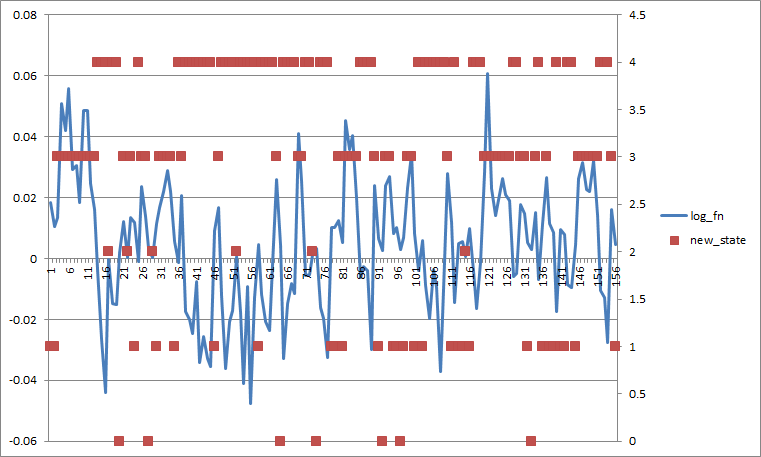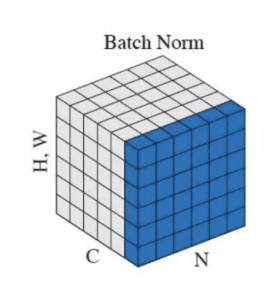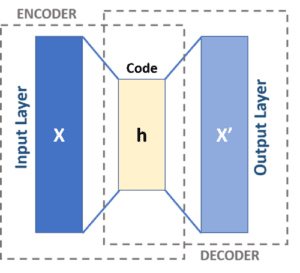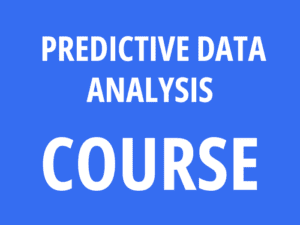A Brief History of This Tool: Who Developed It?
Hidden Markov Models (HMMs) originated in the 1960s as a statistical framework for analyzing sequential data. Leonard E. Baum and his team pioneered this groundbreaking methodology. Over time, libraries like hmmlearn emerged, making HMM applications accessible and impactful.
What Is It?
hmmlearn is a Python-based library specializing in Hidden Markov Models, which uncover hidden patterns within observed sequential data. Imagine it as a guide decoding the invisible story behind measurable events.
Why Is It Being Used?
HMMs tackle the challenge of interpreting time-dependent data by revealing relationships between observed data points and hidden states. Industries leverage this capability for predictive analytics, anomaly detection, and data-driven optimization.
How Is It Being Used?
Using hmmlearn involves defining a model, training it on sequence data, and deploying it to infer hidden state sequences. Key steps include:
- Initializing model parameters (e.g., states, transitions).
- Training on labeled or observed sequences.
- Decoding state sequences using algorithms like Viterbi for accuracy.
Different Types
The library supports several HMM types, each suited for specific data types:
- Gaussian HMM: Continuous data.
- Multinomial HMM: Discrete or categorical data.
- Poisson HMM: Count-based data analysis.
Different Features
- State Transition Matrices: Customizable for dynamic modeling.
- Viterbi Algorithm: For precise decoding of state sequences.
- Parameter Flexibility: Options for manual or automated initialization.
Different Software and Tools for It
In addition to hmmlearn, other platforms support HMM applications:
- pomegranate (Python): Advanced flexibility for custom use cases.
- hmmToolbox (MATLAB): Suitable for academic research.
- depmixS4 (R): Designed for statistical sequence modeling.
3 Industry Application Examples in Australian Governmental Agencies
- Transportation Analytics: Optimize public transport schedules by analyzing passenger flow and delays.
- Health Data Monitoring: Predict medical conditions through sequential patient records.
- Environmental Tracking: Analyze climatic patterns to guide conservation initiatives.
How interested are you in uncovering even more about this topic? Our next article dives deeper into [insert next topic], unravelling insights you won’t want to miss. Stay curious and take the next step with us!








